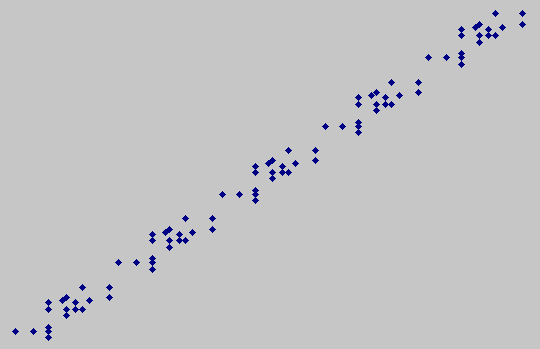If you make a list of common screen resolutions and plot them on a log/log scale, you will notice that a regular pattern emerges - given an x by y resolution, x*2 by y*2 also tends to be common. However the sizes are not evenly distributed throughout logarithmic spaces - there are gaps which suggest different "generations" of monitor sizes, each monitor having 4 times the number of pixels as the corresponding monitor in the previous generation. I suspect this is because of the influence of TV - the resolutions are clustered around powers of 2 of TV resolutions.
Generation 1 - 256-480 pixels wide, 180-300 pixels tall (non-interlaced TV, handhelds)
Generation 2 - 512-960 pixels wide, 360-600 pixels tall (interlaced TV, older computer monitors)
Generation 3 - 1024-1920 pixels wide, 720-1200 pixels tall (most current computer monitors)
Generation 4 - 2048-3840 pixels wide, 1440-2400 pixels tall ("Q" standards - very high end monitors)
Generation 5 - 4096-7680 pixels wide, 2880-4800 pixels tall ("H" standards - no monitors exist yet)
